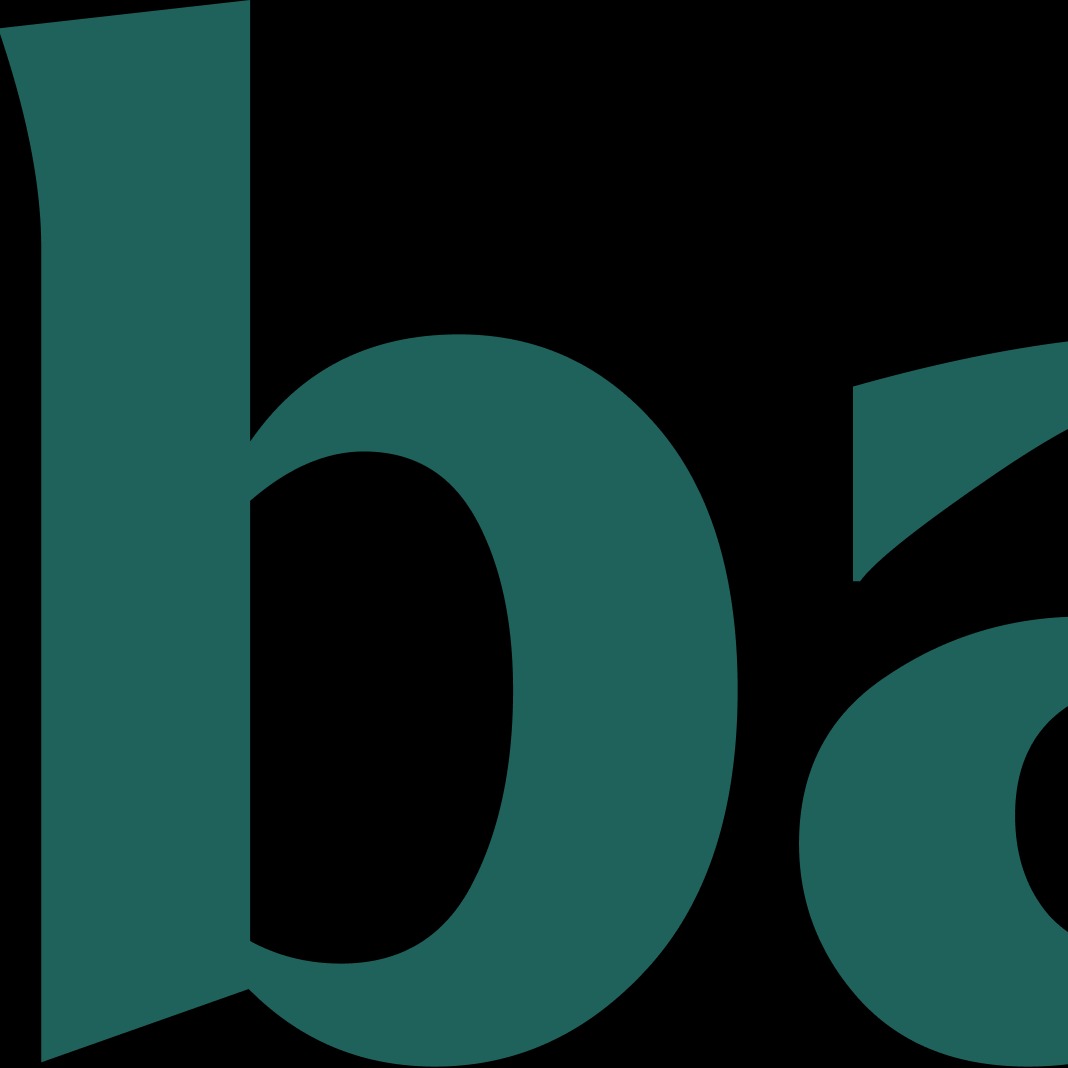Baton Market
Valuation Coordinator
Explain how a P&L (Profit & Loss or Income Statement) shows the cash flow of a business.
A Profit & Loss statement (P&L), also known as an income statement, is a financial report that shows the revenues, costs, and expenses during a specific period of time. However, it's important to note that a P&L statement does not directly show the cash flow of a business.
The P&L statement includes revenue (sales), cost of goods sold (COGS), gross profit, operating expenses, and net income. Here's a brief explanation:
1. Revenue: The total income from the company's main business activities.
2. Cost of Goods Sold (COGS): The direct costs of producing the goods sold by the company.
3. Gross Profit: Calculated as Revenue - COGS.
4. Operating Expenses: Costs associated with the day-to-day operations of the business.
5. Net Income: Calculated as Gross Profit - Operating Expenses.
While the P&L statement provides a measure of a company's profitability, it does not directly show cash flow. Cash flow is a measure of the actual cash going in and out of a business, and it's tracked separately on the cash flow statement.
The cash flow statement includes cash from operating activities (which can be derived from net income on the P&L), investing activities, and financing activities. It shows how changes in balance sheet accounts and income (from the P&L) affect cash and cash equivalents.
In summary, while the P&L statement provides valuable insights into a company's profitability, it does not directly show cash flow. For that, one would need to look at the cash flow statement. Both are essential for understanding a company's financial health.




